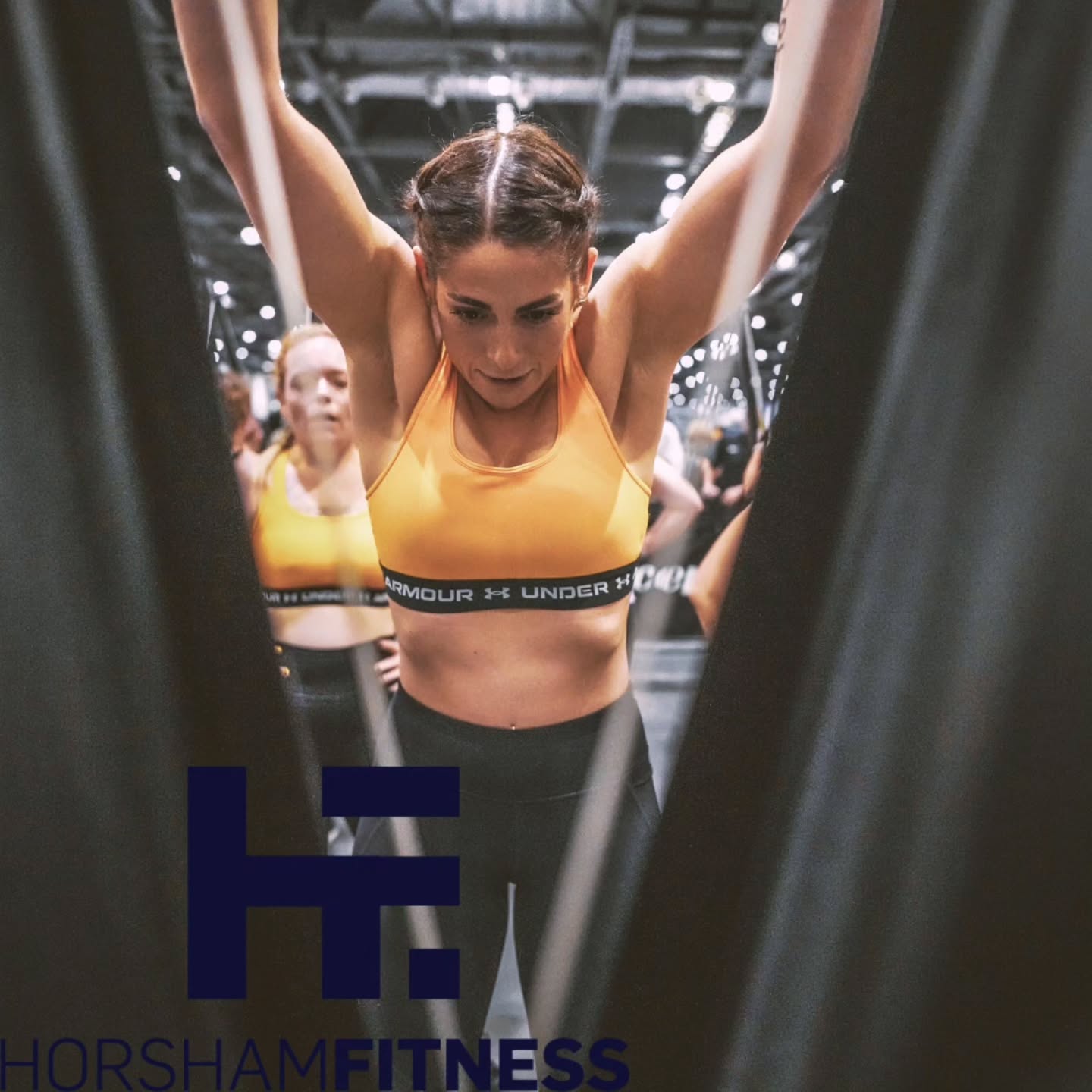How you pace your effort on the Rower, Ski Erg or Bike can make a huge difference to your performance, progress, and how you feel during (and after) your session.
We’ve seen an amazing turnout for our Thursday conditioning sessions lately – so let’s talk pacing – why it matters, how it helps, and what you can do to get better at it.

Why Pacing Matters in Interval Training
1. It Helps You Manage Your Energy Systems
Different intervals use different energy systems. Short, high-intensity intervals rely more on anaerobic systems, while longer intervals require aerobic endurance.
If you go too hard too soon, your anaerobic system burns out fast, and you’re left struggling through the rest of the session with depleted energy stores.
2. It Prevents Early Burnout
Starting fast might feel great for the first 10 seconds – but it catches up with you. You’ll likely see a sharp drop in performance as lactate builds up and fatigue kicks in.
Proper pacing allows you to maintain a sustainable intensity throughout, helping you finish strong instead of limping to the end.
3. It Improves Your Technique
When we rush, form usually suffers. And in rowing or skiing, poor form means less efficiency, more wasted energy, and a higher risk of injury.
Controlled pacing allows you to stay focused on your technique, apply power more efficiently, and move better overall.
4. It Enhances Recovery Between Intervals
If you overexert yourself early in a round, your body needs more time to recover – which means your next interval might not be as effective.
Even pacing helps you stay consistent across the session and allows for more effective recovery periods between efforts.
5. It Makes Progress Easier to Track
Training with consistent pacing gives you better data. If your effort is all over the place, it’s hard to spot patterns or improvements.
With steady pacing, you can track progress more accurately, set benchmarks, and adjust your training goals accordingly.
Getting Your Pacing Right – Where to Start
Here are a few simple ways to get smarter with your intervals:
- Use a target split time. Know what pace (e.g. per 500m) you’re aiming for and adjust based on the workout’s length and intensity.
- Start controlled. Don’t sprint the start – ease into your target pace and focus on rhythm.
- Monitor your heart rate or stroke rate. These can be great indicators of effort and help you stay within your optimal zone.
- Try negative splits. Aim to go slightly faster on your last few intervals than your first few. It’s a great way to build endurance and finish strong.

Need a Hand With This? Just Ask!
If pacing feels like something you’re yet to master, don’t worry. Just grab one of us in class and we’ll happily walk you through your split times or show you how to approach your intervals more effectively.